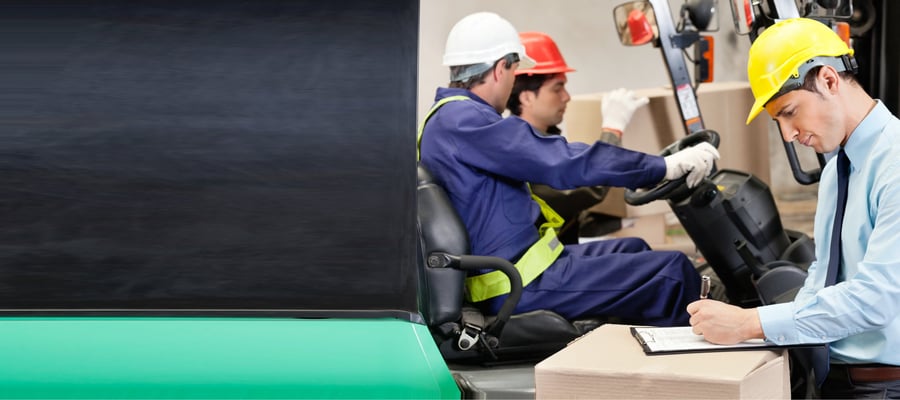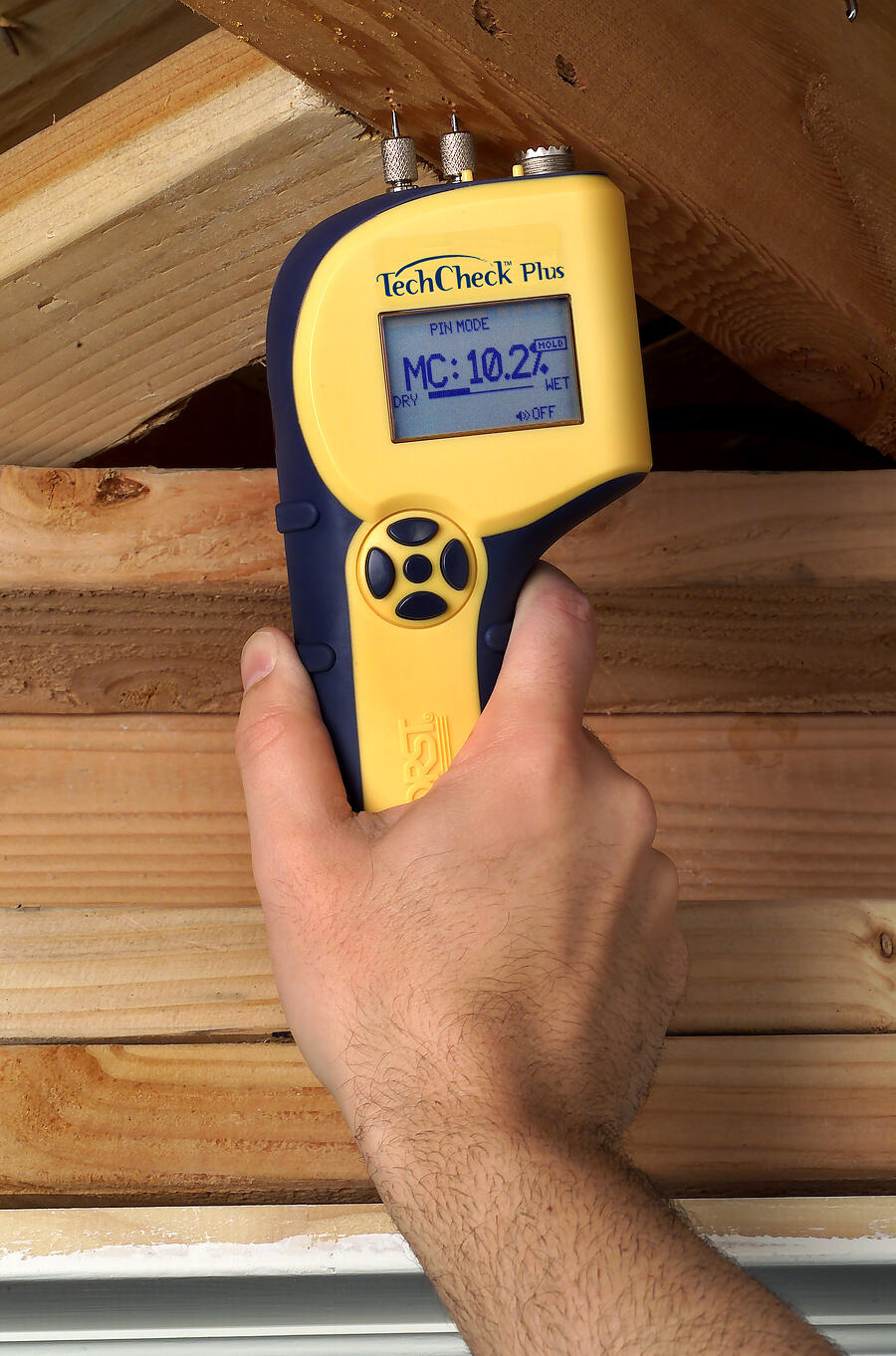How Moisture Meters Help Ensure a Sound Structure in Construction

Construction crews have a very demanding job. Not only is there a lot of heavy lifting, tight deadlines, and specialized tools required for a successful job, there are an enormous amount of building codes and guidelines that construction workers need to follow.
These building codes are meant to help ensure the creation of a sound, safe structure that minimizes the chance for problems later on. However, there are other tools that many construction crews rely on to help ensure that they’re building a sound structure throughout their construction work: moisture meters and thermo-hygrometers.
How do these devices help construction workers make structures sound?
Here are a few ways:
1: Making Sure Concrete Subfloors Are
Ready to Be Built on
One of the biggest concerns in any construction project is making sure that you have a concrete slab that is ready for the next step. An improperly prepared slab can lead to severe problems later on.
To make sure that their concrete slabs meet the ASTM-F-2170-11 standard, contractors use thermo-hygrometers with in-situ probes.
Holes are drilled into the slab and given time to acclimate. Probes are then inserted into these holes, where they can then be used to take readings of the moisture conditions deep within the concrete slab.
These readings are critical to understanding how a concrete slab will “behave” when coatings are applied, flooring is installed, or the slab is prepared for final use. This, in turn, helps contractors make more informed decisions about when to start laying new material over the slab.
2: Making Sure that Hygroscopic Building Materials Are Acclimated
Some construction projects might call for the use of hygroscopic materials such as wood for various parts of the building, including:
- The frame of the structure;
- Flooring;
- Roofing; and
- Furniture.
Just to name a few.
The issue here is that hygroscopic materials, such as wood, tend to absorb or bleed moisture until they reach an equilibrium with their surroundings. Depending on how much moisture is absorbed or released, the material might expand or shrink, which can be a problem when these materials need to meet exacting specifications.
Common issues caused by wood not being acclimated prior to installation include cupping, buckling, and warping of the wood or the failure of adhesives used to join pieces of wood. In flooring, this can be unsightly. In framing lumber, this can compromise the integrity of the structure.
Moisture meters can be used to check the %MC of hygroscopic building materials, allowing contractors to know if their building materials have been fully acclimated, or if there is a risk of expansion or contraction after the installation.
3: Preventing Mold Infestations
A common use for moisture meters and thermo-hygrometers is to find moisture trouble spots in a structure. There are a number of reasons a given area of the structure might be a trouble spot, such as a leak in installed piping, or a crack in the building’s structure that allows moisture from the outside into the building.
If one of these trouble spots is left alone for long enough, it poses a risk of allowing mold to grow in the unseen corners of a structure. Over time, mold can cause building materials to decay, potentially resulting the collapse of the structure.
Using moisture meters for construction projects allows contractors to identify these hot spots so the source of the moisture intrusion can be resolved before construction is completed, potentially saving money on restoration and mold removal efforts later on.
What are the Best Moisture Meters for Construction?
Because moisture testing devices are so critical to ensuring the building of improved structures with ideal %MC in their materials, it’s important to ask: “what are the best moisture meters for construction use?”
Here are three devices that can prove to be indispensable to construction efforts:
- HT-4000 Thermo-Hygrometer. This device is a standalone thermo-hygrometer that can take relative humidity readings over a large area, or be hooked up to in-situ probes for testing concrete. The RH sensing capabilities of this thermo-hygrometer can help you identify if there is a trouble spot in a given area of a structure.
- BD-2100 Pin-Type Moisture Meter. Using two contact pins to penetrate up to 5/16” deep into building materials, the BD-2100 is a rugged, versatile tool for measuring moisture. This meter uses three different moisture reading scales (wood, gypsum/drywall, and reference types) to take readings in a variety of materials.
- ProScan Pinless Moisture Meter. Built to take readings in wood, drywall, siding, tile, and plaster without leaving pinholes, the ProScan pinless moisture meter uses advanced RF technology to scan building materials for moisture. With the ability to correct readings for the specific gravity (SG) of different materials, the ProScan can quickly take readings from a variety of building materials with a smooth, flat surface up to a depth of 3/4” with ease.
Each of these tools represents a different category of moisture testing device that a contractor might need to use. Every moisture measuring device has different advantages and disadvantages. Because of this, there really isn’t a single moisture meter for contractors that would be the end-all, be-all “best.”
Different testing devices have different applications, and by keeping one of each kind on hand, you can be prepared for the most critical moisture monitoring challenges.
Subscribe to Our Blog
Post Related

Is Your Moisture Meter Not Working? Here’s Why!


